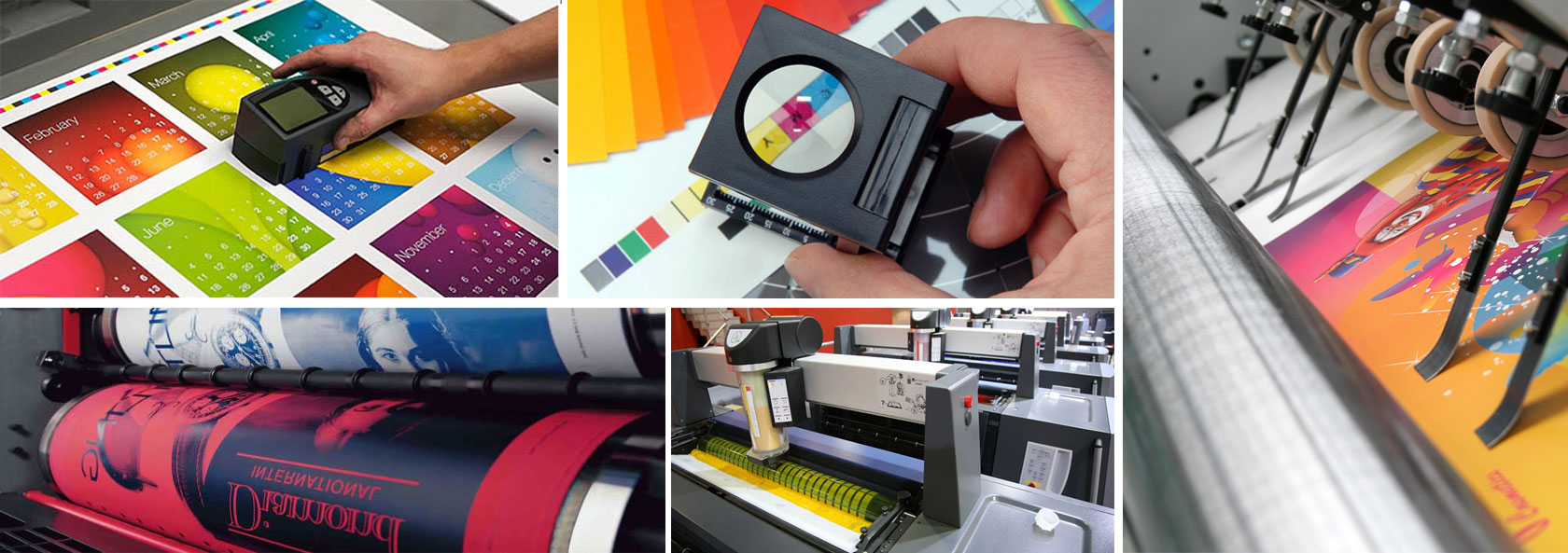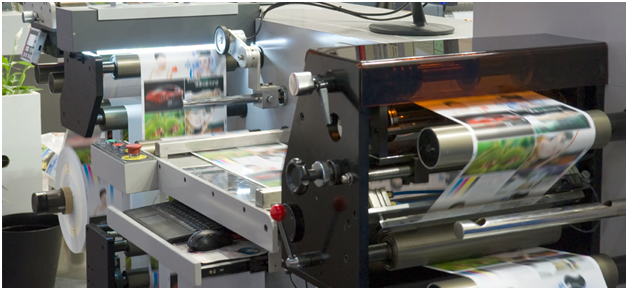Unique Designs Enhanced Through litho printing
Unique Designs Enhanced Through litho printing
Blog Article
A Comprehensive Overview to Comprehending Litho Printing Techniques
The globe of litho printing, a method stemming from the late 18th century, is a fascinating mix of history, development, art and scientific research. This extensive overview will unravel the complexities of this printing technique, from the composition of litho inks to the difficulties dealt with in modern-day applications. As we venture right into the complexities of lithography, the relevance of automation and sustainability in ensuring its future importance becomes significantly clear. Stick with us as we trip into the fascinating world of litho printing.
The Historical Evolution of Litho Printing
The historic trajectory of litho printing, a pivotal advancement in the world of interaction, is a captivating tale of human resourcefulness. Birthed in the late 18th century by Alois Senefelder, this strategy was initially an economical method of publishing staged jobs. Lithography, derived from the Greek words for 'stone' and 'to write', utilized a smooth rock surface to move photos onto paper. The process advanced with the introduction of the rotary press, which considerably boosted performance (litho printing). In the 20th century, the technology of offset lithography revolutionized the market, enabling mass manufacturing of premium prints. Each stage of litho printing's development showcases humankind's unrelenting pursuit of effectiveness and quality in visual interaction.
Translating the Science Behind Litho Printing Inks
Moving on in the expedition of litho printing methods, the focus now moves to the science behind litho printing inks. The make-up of these inks, their drying procedure, and color mixing strategies develop the backbone of this intricate art form. Understanding these aspects is critical to grasping the craft and achieving the wanted print outcomes.
Make-up of Litho Inks
In lithographic printing, the basic function of litho inks can not be overemphasized. The structure of litho inks differs depending on its objective, however generally, they include two primary components - pigments and cars. Pigments, the color-providing elements, are carefully ground particles put on hold in the automobile, a liquid that brings the pigment onto the printing surface area. The car is an intricate mix of solvents, oils, and resins, which affect the ink's drying time, bond, and gloss. Additionally, different ingredients are present to boost specific buildings like flow, drying, and resistance to ecological results. Each element plays an essential part in the last print's top quality, making the accurate solution of litho inks an elaborate science.
Ink Drying Process
From the structure of litho inks, interest turns to the interesting process of ink drying. Two primary approaches are made use of in litho printing: oxidative drying out and absorption. Absorption, on the various other hand, includes the ink permeating right into the paper fibers, which is a quicker procedure yet can lead to less lively colors.
Shade Mixing Methods
While the drying out procedure plays an essential function in litho printing, the science of color blending techniques holds equivalent importance. The scientific research behind litho printing inks likewise takes right into account the openness of the ink, which impacts exactly how shades overlay and mix.
The Art and Design Components in Litho Printing
Litho printing takes a breath life right into art and layout through its special components. The process includes producing a picture on a lithographic limestone plate or steel plate with a smooth surface area. The photo is then published onto a tool, normally paper, by transferring the ink from the plate. What sets litho printing apart is its capability to replicate complex designs with high fidelity, making the result practically similar to the original art work. This is attained with making use of various line strategies such as hatching, stippling, and cross-hatching, which Continue enable for a variety of tonal effects. In addition, litho printing fits a variety of shades, making it possible for musicians to produce lively and vibrant prints. This mix of precision and versatility makes litho printing a recommended selection for several artists and designers.
Modern Applications of Litho Printing Techniques
Litho printing techniques have located comprehensive use in the contemporary commercial industry. Its influence and relevance remain to grow with the arrival of new advancements and innovations in the field. This section will certainly discover these contemporary applications and the transformative function they play in the printing industry.
Business Litho Printing Uses
In today's electronic age, one may ask yourself regarding the relevance of traditional printing approaches. Yet, litho printing continues to be a critical component of the industrial market. High-volume printing jobs, such as the production of publications, newspapers, and packaging, depend on litho printing for its capability to supply premium image high quality and price efficiency. The procedure, which entails moving an inked picture from a plate onto a rubber blanket and after that to the printing surface, supplies unequaled consistency. This makes it optimal for work calling for a large print run. Litho printing additionally offers a wide color range, above that of electronic printing. This makes it the go-to choice for jobs that demand vivid, top notch shade reproduction.
Developments in Litho Printing
Pushing the boundaries of traditional strategies, contemporary advancements have actually fueled a host of advancements in litho printing. These innovations have not only enhanced the top quality and efficiency of litho prints however likewise increased its application range. One noticeable growth is electronic litho printing, which combines the virtues of electronic modern technology with litho's top notch Read More Here result. This crossbreed design uses faster check my site setup times, reduced waste, and makes it possible for on-demand printing. One more remarkable development is the intro of eco friendly inks. These inks, made from vegetable or soy-based options, have actually significantly lowered the sector's ecological effect. litho printing. Furthermore, the growth of innovative plate modern technology has structured the printing process, leading to sharper pictures and enhanced color fidelity. These innovations emphasize the enduring significance of litho printing in the modern-day globe.
Discovering the Process of Litho Printing: Step by Step

Obstacles and Solutions in Contemporary Litho Printing

In spite of the precision and tradition that litho printing proudly upholds, it is not without its set of modern obstacles. One of the most prevalent concerns consist of the high initial setup expense, trouble in printing variable data, and environmental issues due to chemical use. Nevertheless, services are emerging as modern technology evolves. Digital litho printing enables for affordable brief runs and easy customization, attending to the issue of variable information. Environmentally-friendly inks and more secure plate-making procedures minimize ecological issues. Additionally, improvements in automation have actually minimized labor costs, further democratizing the lithography process. Hence, while there are difficulties, the litho printing sector is proactively adjusting to fulfill them head-on, ensuring its relevance in the future.
Conclusion
In conclusion, litho printing, with its abundant background and clinical complexities, holds a substantial area in the print sector. The future of litho printing pivots on its capacity to adapt to these altering demands, affirming its long-lasting value in an evolving market.

Report this page